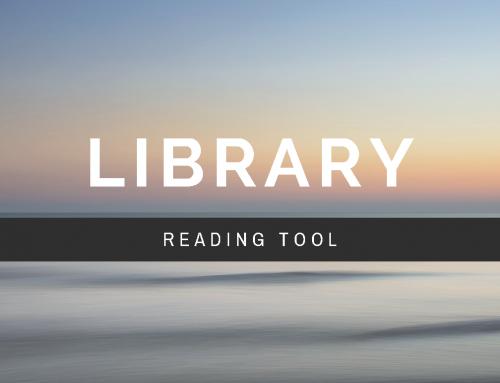Interactivity
H5P
Purpose
In today’s digital world, we increasingly need more hooks and catches to engage our students with digital learning. H5P is a free tool that empowers you to create your own interactive content in your browser and then embed that content into a canvas page.
The H5P content should be used solely for class exercises or practice exercises. They should not replace canvas graded or ungraded quizzes, surveys, discussions or assessments/tests, which are used for evidence of participation in VE and grading for VE and HE.
Learning Context
H5P allows you to create active learning opportunities in and outside of the classroom for your students to engage with the content and think critically to connect theory to practice. Research suggests that active learning will allow students to develop critical thinking skills which is widely recognized as an important, even essential, skill that graduates must possess. (Abrami et al., 2008).
Active learning promotes student engagement through activities and discussions. (Freeman et al.,2014)
Using Technology to support the Pedagogy
Simple Example of The Revised Bloom’s Taxonomy and a Tooth Brush:
Whichever H5P content you choose to use, the question and context of the content in H5P could be referenced to Revised Bloom’s Taxonomy. Bloom’s Taxonomy is a hierarchical ordering of skills, including cognitive skills, that can help teachers teach and students learn. Our aim is to use these cognitive process dimensions to scaffold the student learning from simple tasks using lower order thinking skills to complex tasks using higher order thinking skills.
Please see a working example of H5P Interactivity below and for further instruction download the PDF resource.
Resources
References
Abrami, P., Bernard, R., Borokhovski, E., Wade, A., Surkes, M., Tamim, R. and Zhang, D. (2008). Instructional Interventions Affecting Critical Thinking Skills and Dispositions: A Stage 1 Meta-Analysis.
Freeman, S., Eddy, S.L., McDonough, M., Smith, M.K., Okoroafor, N., Jordt, H., and Wenderoth, M.P. (2014). Active learning increases student performance in science, engineering, and mathematics.
Bonwell, C. and Eison, J. (1991). Active Learning: Creating Excitement in the Classroom. ASHE-ERIC Higher Education Reports.
Anderson, L.W., Krathwohl, D.R., Airasian, P.W., Cruikshank, K.A., Mayer, R.E., Pintrich, P.R., Raths, J., Wittrock, M.C. (2001).





